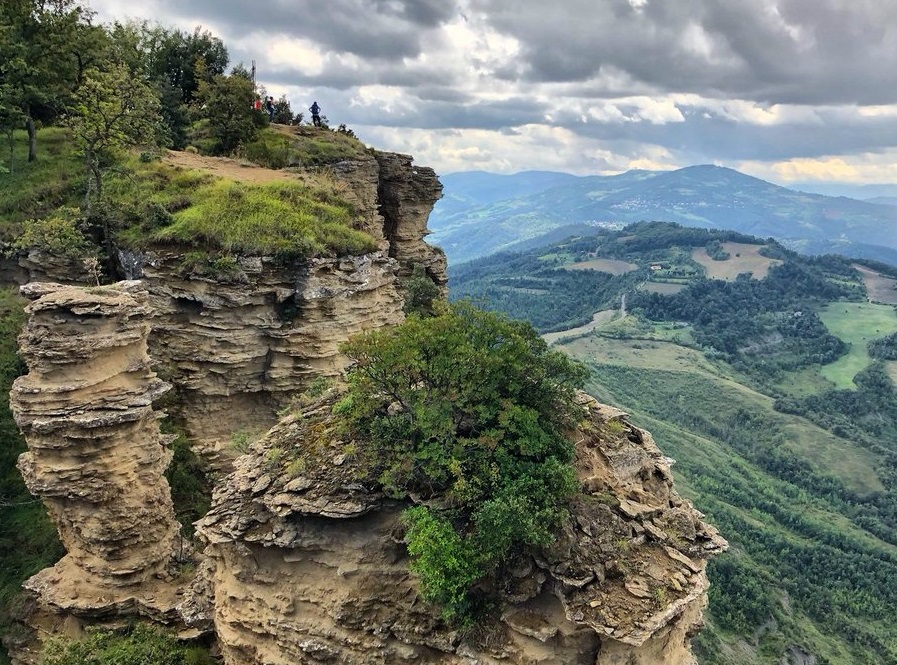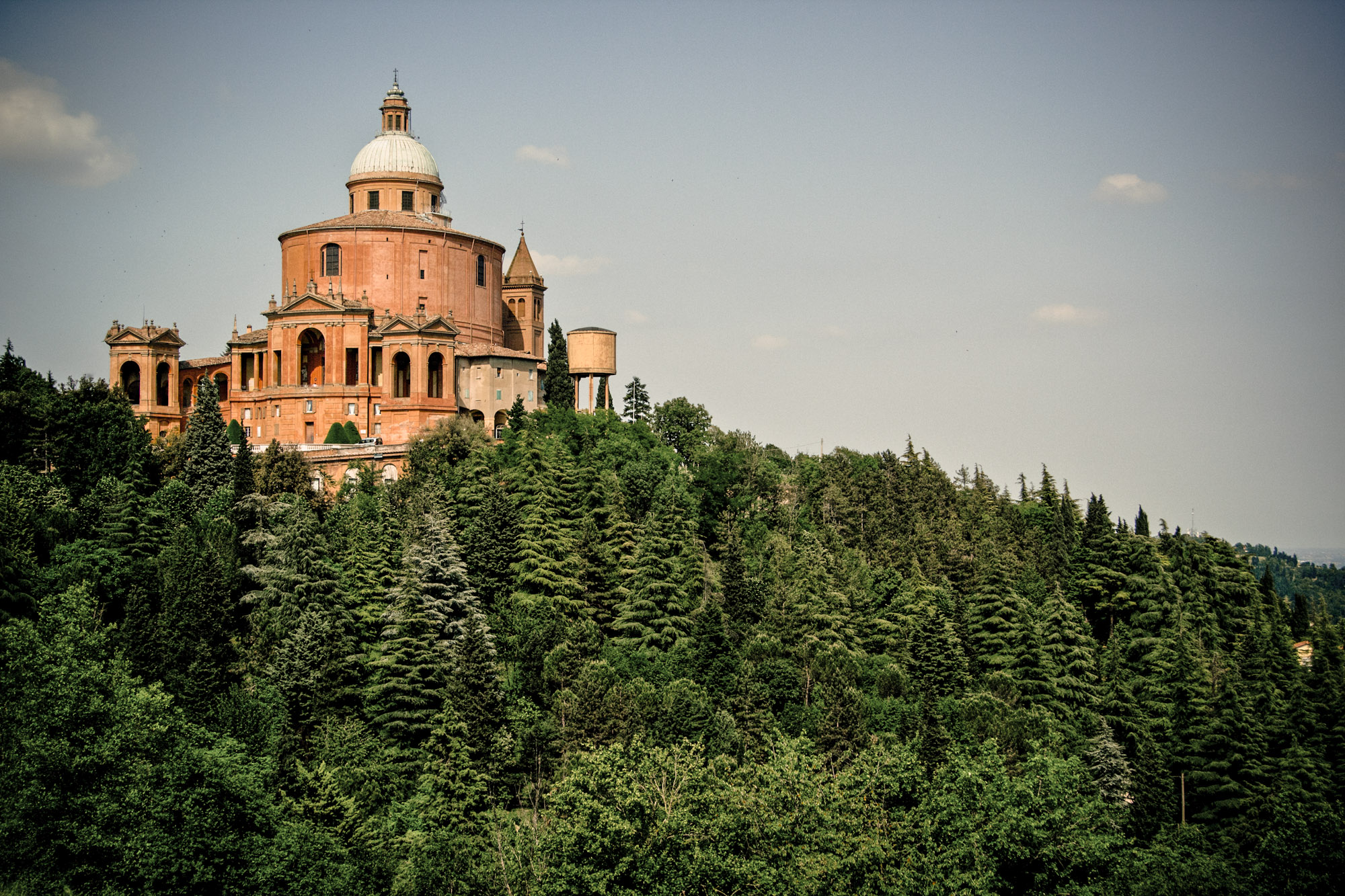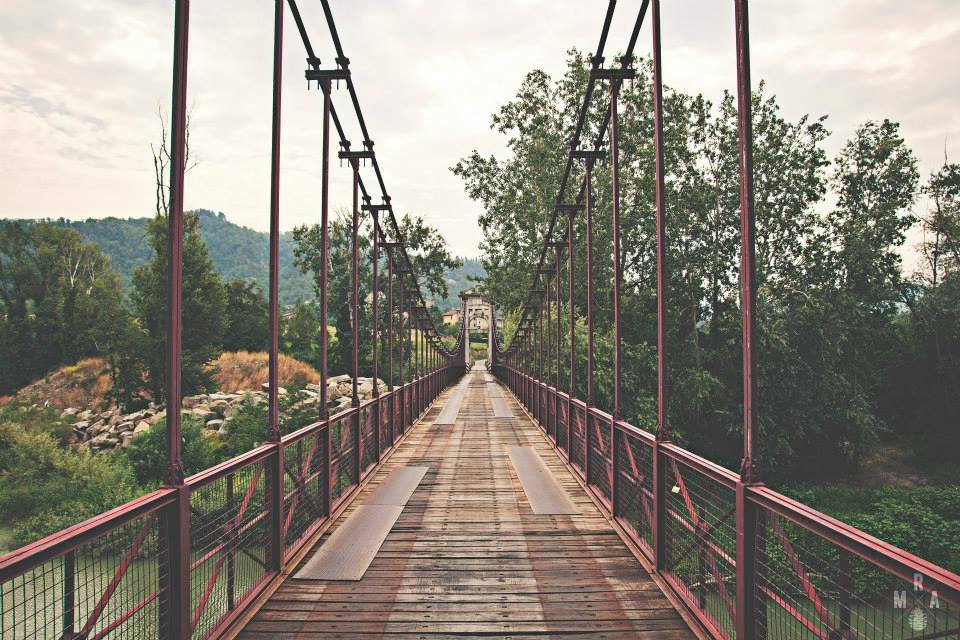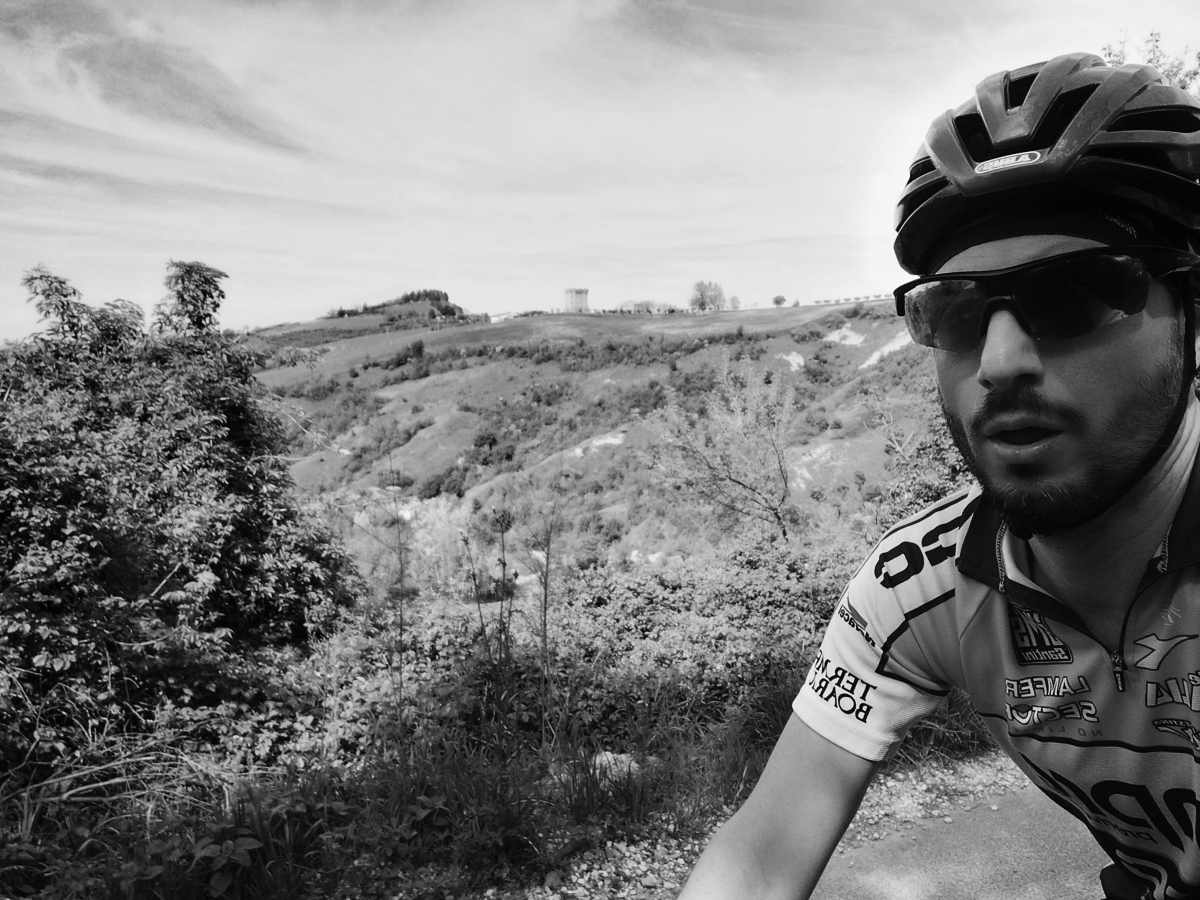Via degli Dei (Path of Gods)
Updated on 24 July 2025 From Federico Farinelli
Discover the Via degli Dei (Path of Gods), an evocative hiking route linking the cities of Bologna and Florence, crossing the spectacular landscapes of the Tuscan-Emilian Apennines. A journey on foot or by bicycle, among history, nature and culture.

The Via
degli Dei is a fascinating hiking route of about 130 km long, linking Bologna
to Florence, crossing the central Apennines. Today it is one of the most
popular routes in Italy for both hikers and cycle tourists, thanks to its
variety of landscapes, rich history and good signposting provided by the CAI
(Club Alpino Italiano).
The name
"Via degli Dei" (Path of the Gods) is inspired by ancient
deities referenced by some of the locations it crosses:
The path has ancient roots, dating back to the Etruscan and Roman eras: along the Flaminia Militare, an ancient Roman consular road built in 187 BC, you can literally walk in the footsteps of history.

As
indicated on the official website, the Via degli Dei can be adapted depending
on the time and capabilities of the walkers; there isn't a fixed number of
stages, but it's recommended to take between 5 and 7 days. Below is a suggested
6-stage itinerary:
Stage 1:
Bologna → Badolo
The journey begins in Bologna (Piazza Maggiore), ascends along the porticoes to the Sanctuary of San Luca, then descends towards Casalecchio di Reno and Sasso Marconi, ending in Badolo. It's an ideal introduction, balancing city, nature, and Apennine views.
Stage 2:
Badolo → Madonna dei Fornelli
You'll cross Brento, tackle the climb towards Monte Adone, then descend towards Monzuno and continue to Madonna dei Fornelli. This is the longest and most demanding stage, but it offers incredible views and insights into geological history.
Stage 3: Madonna dei Fornelli → Passo della Futa
Leaving Madonna dei Fornelli, you'll climb towards Passo della Futa, passing through extensive sections of the Roman Flaminia Militare and the Piana degli Ossi. It concludes at the Passo, an emblematic point of the route.
Stage 4: Passo della Futa → San Piero a Sieve
From the Pass, you'll ascend to Monte Gazzaro (with its cross and summit book), then descend through the legendary Passo dell’Osteria Bruciata, reaching Sant’Agata and finally descending towards San Piero a Sieve.
Stage 5: San Piero a Sieve → Vetta Le Croci
This stage takes you through Bivigliano, the Medici Fortress of San Martino, the Castle/Villa del Trebbio, the Badia del Buonsollazzo, and the Convent of Monte Senario, finally reaching Vetta Le Croci. It's a stage rich in art, culture, and stunning landscapes.
Stage 6:
Vetta Le Croci → Florence
The final panoramic stretch descends towards Fiesole (with its Roman theater), then enters the city to conclude in Piazza della Signoria, an emotional arrival steeped in art and history.

The Via
degli Dei is suitable for hikers with moderate experience, thanks to its
manageable elevation changes and good signage.
The trail is passable all year round, but the best seasons are spring and early autumn, when the climate is mild and the forests are adorned with spectacular colors.
For more information, visit the official Via degli Dei
website.
| Brochure | Path of Gods | Download |


